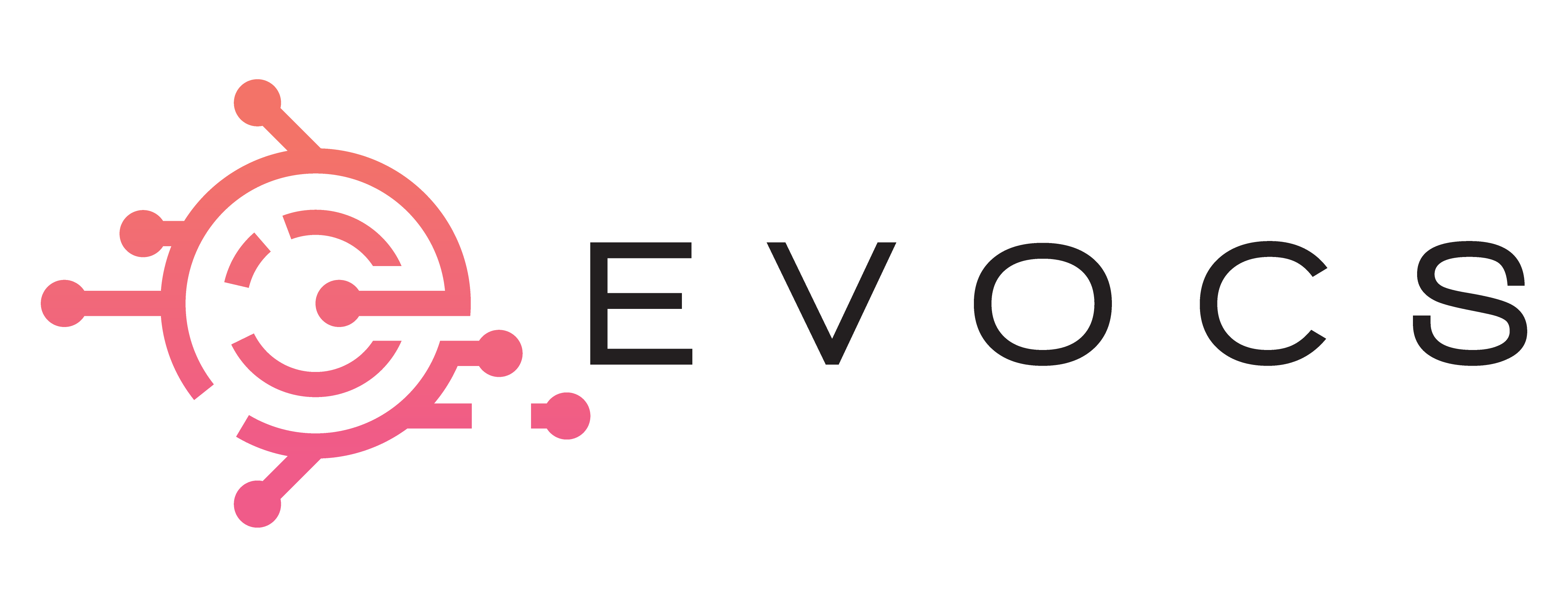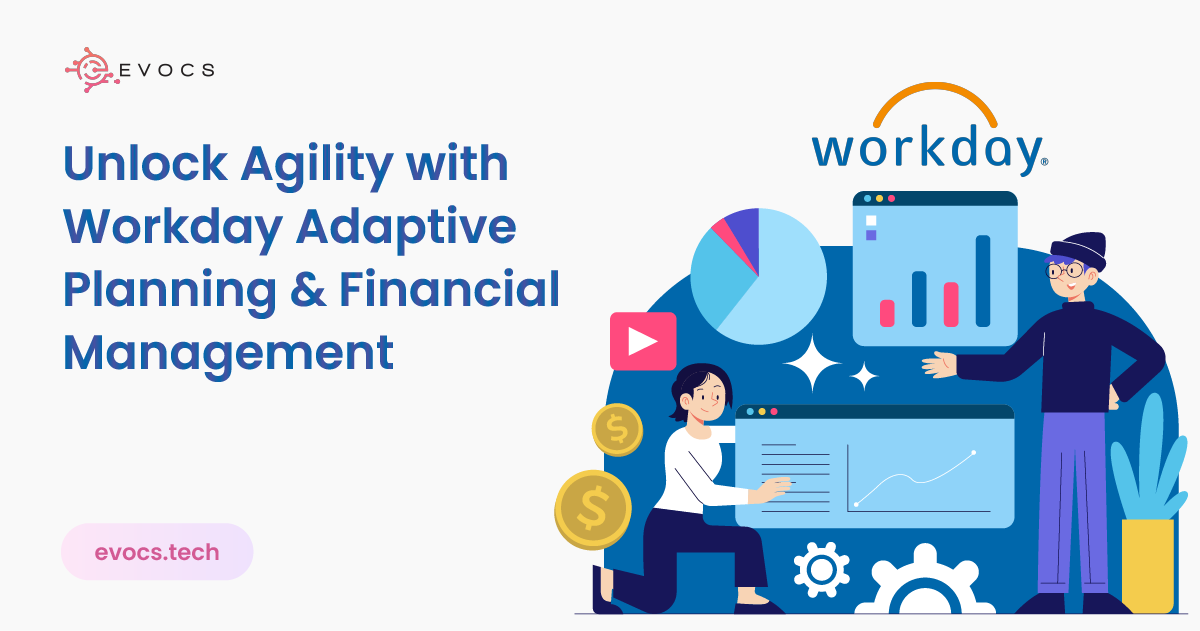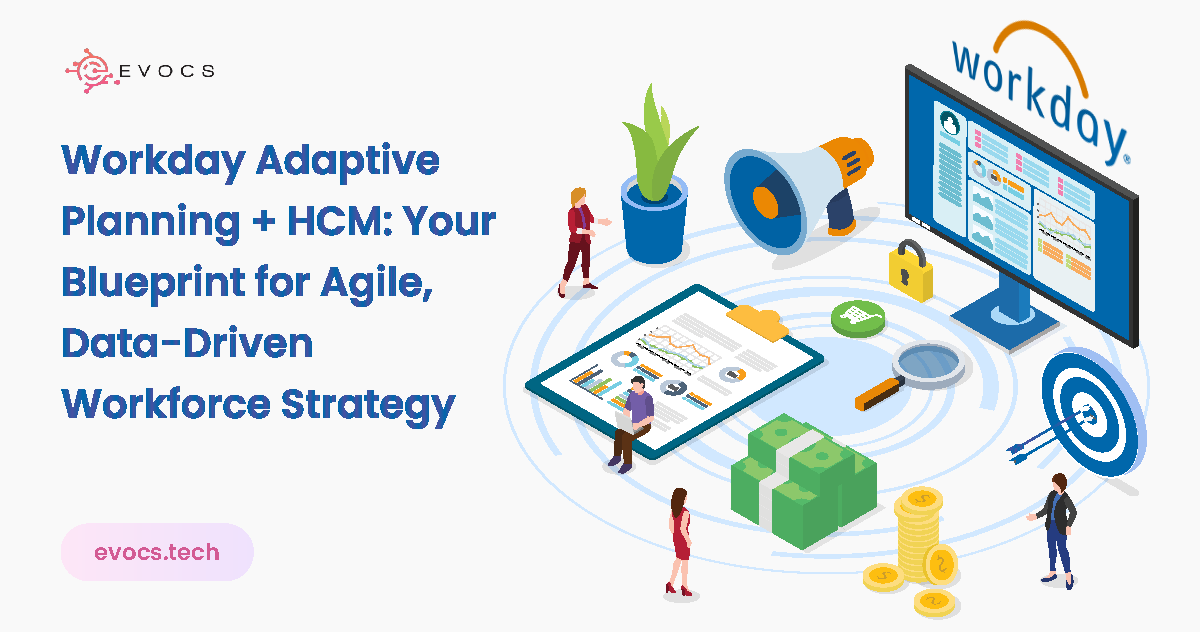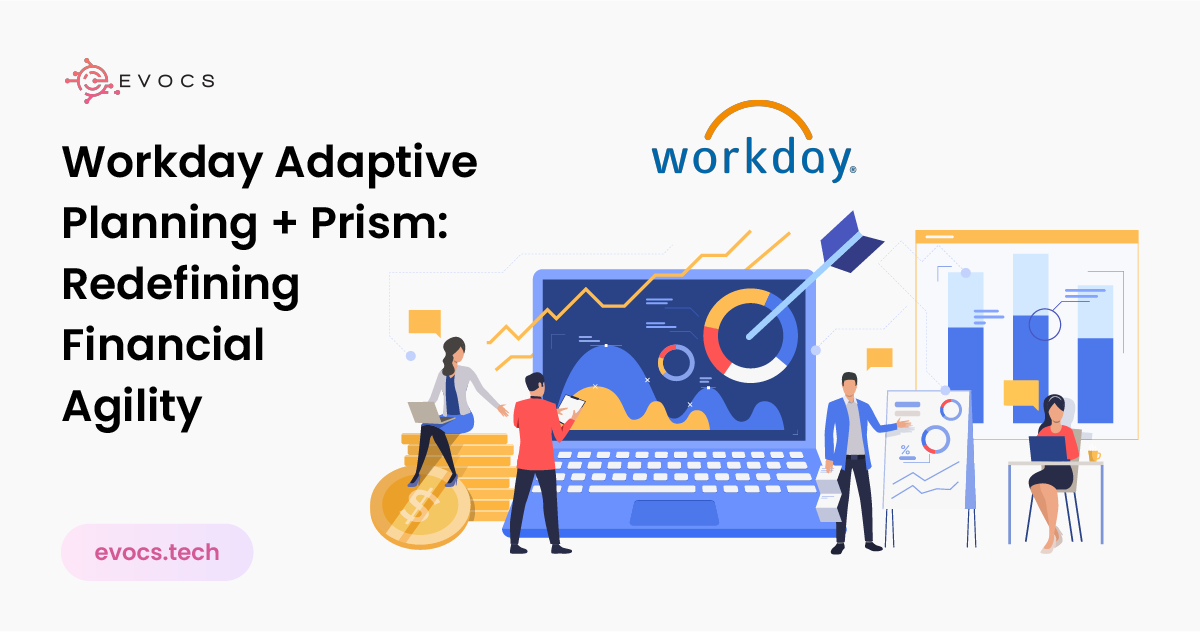Driving Continuous Business Excellence: Workday Adaptive Planning + Workday Financial Management
The key to success in modern society belongs to organizations which strategize effectively while implementing swiftly and remain flexible during sudden changes in the economic environment. Rigid annual budget plans combined with weeks-old variance reports from old financial systems have reached their expiration date. Success in contemporary business demands an ongoing financial planning system which maintains close alignment to organizational execution metrics. Organizations choose the forceful connection of Workday Adaptive Planning and Workday Financial Management to achieve their performance goals. The integration ties up dynamic forecasting elements with real-time financial execution through a unified platform to help businesses execute fast and achieve enduring profitability. This article examines the transformative solution that occurs when Adaptive Planning combines with Financial Management because it enables businesses to access next-level flexibility and total accountability and ongoing operational greatness. The Problem: Static Planning in a Dynamic World For decades, annual budgeting has been the foundation of financial planning for companies. But it has severe shortcomings in today’s world: Budgets become obsolete within months—sometimes weeks. Actuals and forecasts reside in different systems, leading to delays in reconciliation. Course-correction decisions are slow, reactive, and frequently data-incomplete. In the meantime, markets change, competitors compete, and consumer behaviors shift in real-time. A quarterly refresh or mid-year reforecast just isn’t fast enough anymore. Companies require real-time insight into financial performance—and the capacity to update forecasts incrementally based on actual results. That’s where Workday shines. Why Blend Adaptive Planning and Financial Management? Workday Adaptive Planning offers industry-leading modeling, forecasting, and scenario planning features. Workday Financial Management offers comprehensive transaction processing, general ledger, accounts payable/receivable, project accounting, and spend management. When integrated: Plans and actuals exist in a unified environment. Forecasts can be updated in days, not weeks. Financial execution aligns tightly with strategic goals. The result is a closed-loop financial planning process where planning and doing reinforce each other continuously. Ready to see this closed-loop planning in action? Book a Consult to get a personalized strategy session. Constructing a Continuous Planning Architecture 1. Real-Time Actuals Feed into Adaptive Models With Workday Financial Management as record, actual transactions—expenses, revenue, projects—feed automatically into Adaptive Planning. Finance teams no longer need to download actuals, massage spreadsheets, and reconcile versions manually. Instead: Variances between plan and actuals are immediately apparent. Forecasts can shift automatically based on real-time results. 2. Rolling Forecasts, Not Just Static Budgets Contemporary finance teams on Adaptive Planning are going towards rolling forecasts. With Financial Management actuals feeding directly into it, firms can: Reforecast monthly or quarterly. Anticipate cash flow more effectively. Pin down and reduce risk early. 3. Scenario Planning with Execution Confidence Adaptive Planning enables businesses to create a number of different financial scenarios: “What if” the revenue expansion slows 10%? “What if” supply chain disruptions elevate COGS by 5%? “What if” regulatory revisions affect profitability? These models are not intellectual exercises. Because Financial Management returns real-time operating data, finance teams can instantaneously view the effect assumptions have on real-life execution measures, so that planning is realistic. Key Benefits of Integration Benefit Description Single Source of Financial Truth Plans and actuals live together, minimizing reconciliation errors. Faster Close and Forecast Cycles Finance teams update forecasts in days, not weeks. Greater Strategic Alignment Financial plans stay tied to business execution at all times. Risk Management Early variance detection allows proactive intervention. Business Agility Leadership can respond swiftly to market changes with updated forecasts. Organizations achieved 30% quicker financial closing processes and 25% quicker forecast refreshes when they deployed this integration. Practical Examples Across Industries Retail and Wholesale Utilize daily sales actuals from Financial Management to revise revenue forecasts on a weekly basis. Model the effect of supply chain cost variations quickly against gross margin projections. Professional Services Connect project financials of delivery directly with planning resources, in order to preclude cost overrun. Healthcare Revise payer mix and reimbursement projections as a function of real-time billing data within Financial Management. Manufacturing Revise working capital projections based upon real-time inventories and receivables information. See how this integrated dynamically can be adapted to your field. Book a Consult today. The Role of Contemporary Planning Approaches Those organizations combining Adaptive Planning and Financial Management adopt an advanced planning principle, typified by: Continuous Planning: Monthly or quarterly updated forecasts, not yearly. Company-Wide Participation: Forecasts are done by department heads and business unit leaders working together. Cloud-First Strategy: Plans and reports available anywhere, anytime. Data-Driven Decision Making: Financial information in conjunction with operational KPIs to make decisions. This model is no longer a choice—it’s rapidly becoming the new norm across industries. Ready to see what the future of financial planning looks like? Check out Workday Adaptive Planning Overview. Best Practices for a Successful Integration 1. Establish Clear Ownership Set clear responsibilities for data stewardship, forecast modeling, and variance analysis among finance, operations, and IT. 2. Concentrate on Key Metrics Establish a core set of KPIs that correlate financial performance with business performance (e.g., revenue growth, margin improvement, cash flow optimization). 3. Begin with Rolling Forecasts Even if you budget now by year, transition to quarterly (or monthly) rolling forecasts to leverage the maximum benefits of integration. 4. Support Scenario Modeling Model Regularly Alternative Scenarios Not only upside cases but also downside risks in order to be prepared for everything. 5. Cross-Functional Team Training Make sure finance, operations, and business managers are able to access, view, and refresh forecasts in the combined platform. Conclusion: A Smarter Future for Finance The combination of Workday Adaptive Planning and Workday Financial Management makes finance a forward-driving strategic driver rather than a backward-looking reporting function. With dynamic plans driven by real-time financial information, businesses are able to: Anticipate and react to change quicker than the competition. Align execution closely with strategic objectives. Enable every decision with real-time, up-to-the-minute insight. The future is for companies that plan, forecast, and act in a unified, seamless loop. With Workday, that future is here. Ready to take your planning and financial agility to the next level? Schedule a Consult today or visit Workday Adaptive Planning
